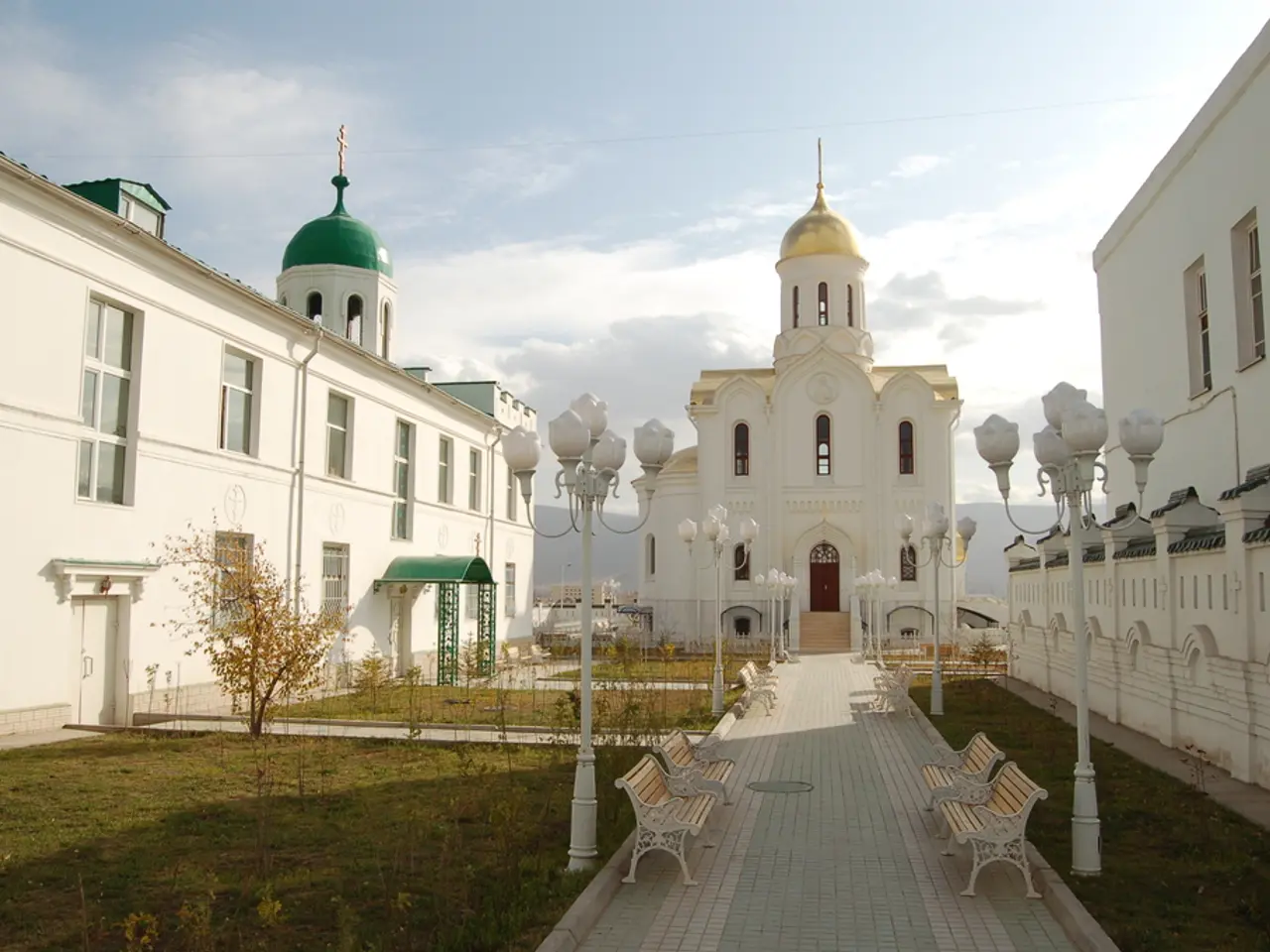Installation of Solar Panels on Listed Buildings: Expert Guidance Provided
Installing Solar Panels on Historic Buildings: A Comprehensive Guide
Solar panels can be a great way to reduce energy bills and carbon footprint, even for old buildings. However, installing them on historic buildings comes with its own set of challenges.
Firstly, the fabric and structural compatibility of the building need to be considered. Specialised mounting systems are often required to minimise damage to the roof covering, especially on thatch roofs, which are generally not recommended for solar panel installation due to fire risk.
For listed buildings in England, the installation process requires an application to the local planning authority with responsibility for listed building consent, typically the local council's conservation or heritage department. Approval must consider strict heritage protection rules to preserve the building's character. This process can be streamlined by self-certification through the Microgeneration Certification Scheme (MCS) for most installations.
Aesthetic concerns, structural challenges, and performance limitations are some of the challenges associated with installing solar panels on heritage buildings. The roof structure may need to be assessed by a structural engineer to ensure it can support the additional weight of solar panels. Period replacements for broken tiles or slates should be sourced before installation to preserve the building's original materials and features.
It's important to note that any structural alterations required for solar panel installation should be reversible to preserve the building's historic value. Unauthorized work on a listed building is a criminal offense and may require reversal.
South-facing roofs are ideal for solar panel installation as they receive the most sunlight. However, the process can take several weeks or months due to the careful handling and assessment required.
Some councils, like The Royal Borough of Kensington and Chelsea, have granted automatic listed building consent for solar panel installation on Grade II listed buildings under specific conditions. Solar panels are even being considered for integration with historic buildings.
All bat and wild bird roosts and nests are protected by law, and any proposed work that could cause disturbance should be consulted with Natural England.
In conclusion, while installing solar panels on historic buildings can be challenging, it's a viable option for reducing energy consumption and carbon footprint while preserving the building's heritage. With careful planning, consideration, and the right expertise, these installations can be carried out in a manner that allows the building to revert to its original state if the solar panels are removed in the future.
Read also:
- Peptide YY (PYY): Exploring its Role in Appetite Suppression, Intestinal Health, and Cognitive Links
- Toddler Health: Rotavirus Signs, Origins, and Potential Complications
- Digestive issues and heart discomfort: Root causes and associated health conditions
- House Infernos: Deadly Hazards Surpassing the Flames








